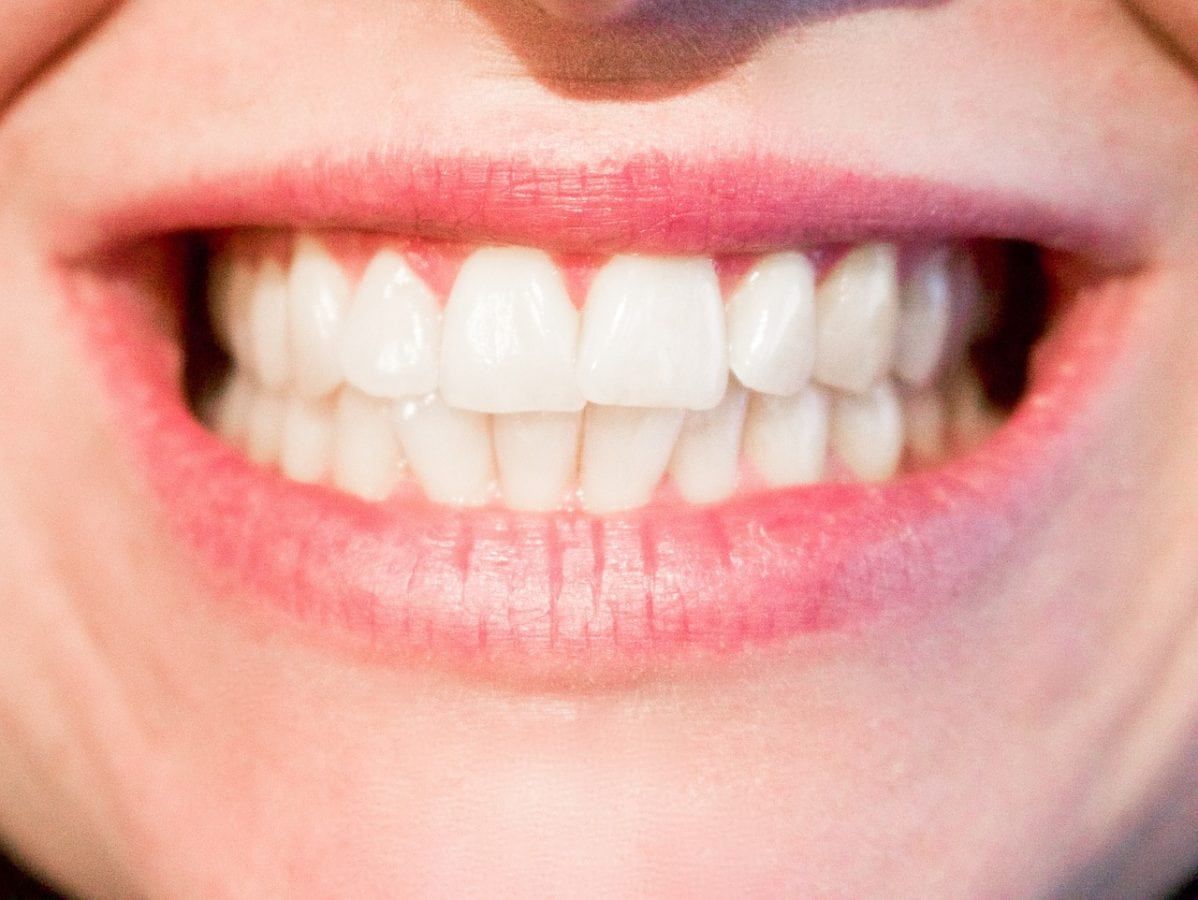
Flossing could cause cancer and infertility because many manufacturers coat the toothpicks in a Teflon-like substance that contains highly toxic chemicals.
These have been linked to kidney and testicular tumours, thyroid disease, high cholesterol, low birth weight, decreased fertility and effects on the immune system.
The study of 178 middle-aged women found those who used Oral-B Glide
were prone to higher levels of PFHxS (perfluorohexanesulfonic acid) in their body.
These are compounds known as PFAS – polyfluoroalkyl substances used to make materials stain, stick grease and water proof.
Oral-B Glide dental floss are made from a plastic holder with a piece of floss strung between two prongs.
Lead author Katie Boronow, a staff scientist at Silent Spring Institute in Newton, Massachusetts, which investigates links between everyday chemicals and health, said: “This is the first study to show using dental floss containing PFAS is associated with a higher body burden of these toxic chemicals.
“The good news is, based on our findings, consumers can choose flosses that don’t contain PFAS.”
The controversial group of man-made chemicals can be found in both industrial and consumer products.
They do not break down – meaning they can accumulate in the body.
Flossing is meant to remove plaque but less than a quarter of adults use floss regularly and one person in three has never flossed.
The latest Public Health England guidance says there is no strong evidence that flossing makes any difference to oral hygiene compared with brushing with toothpaste.
The European Federation of Peridontology also issued a statement in 2014 saying flossing has no proven benefit.
The latest findings published in the Journal of Exposure Science & Environmental Epidemiology provide new insight into how these chemicals end up in people’s bodies.
Ms Boronow, a graduate student, advised consumers to limit their exposures by modifying their behaviour.
PFAS are used in a range of consumer products including fast food packaging, non-stick pans, waterproof clothing and stain-resistant carpets.
People can be exposed to the substances directly through the products they use, the food they eat, indoor air and dust and contaminated drinking water.
Scientists are concerned about widespread exposure to PFAS in the population because the chemicals have been linked with health effects.
So the US team measured 11 different PFAS in blood samples taken from 178 middle-aged women enrolled in the Public Health Institute’s Child Health and Development Studies.
This is a multigenerational analysis of the impact of environmental chemicals and other factors on disease.
The researchers then compared the blood measurements with results from interviews in which they asked the women about nine behaviours that could lead to higher exposures.
Those who used Oral-B Glide tended to have more PFHxS compared with those who didn’t.
To further understand the link the study also tested 18 dental flosses – including a trio of Glide products – for the presence of fluorine which is a marker of PFAS.
Scans showed all three were positive – backing previous reports that Glide is manufactured using Teflon-like compounds.
In addition, two store brand flosses with “compare to Oral-B Glide” labelling and one floss describing itself as a “single strand Teflon fibre” tested positive.
Other behaviours that were associated with higher PFAS levels included having stain-resistant carpet or furniture and living in a city served by a contaminated drinking water supply.
Black women who frequently ate prepared food in coated cardboard containers – such as French fries or takeaways – had elevated blood levels of four PFAS chemicals compared to those who rarely ate such food.
The same phenomenon was not identified among white participants.
They tended to have higher levels of two PFAS chemicals – PFOA (perfluorooctanoic acid) and PFHxS – compared with their black peers.
The researchers could not explain the differences – suggesting there are other behaviours they didn’t measure that contribute to PFAS exposure.
Ms Boronow said: “Overall, this study strengthens the evidence that consumer products are an important source of PFAS exposure.
“Restricting these chemicals from products should be a priority to reduce levels in people’s bodies.”
By Mark Waghorn